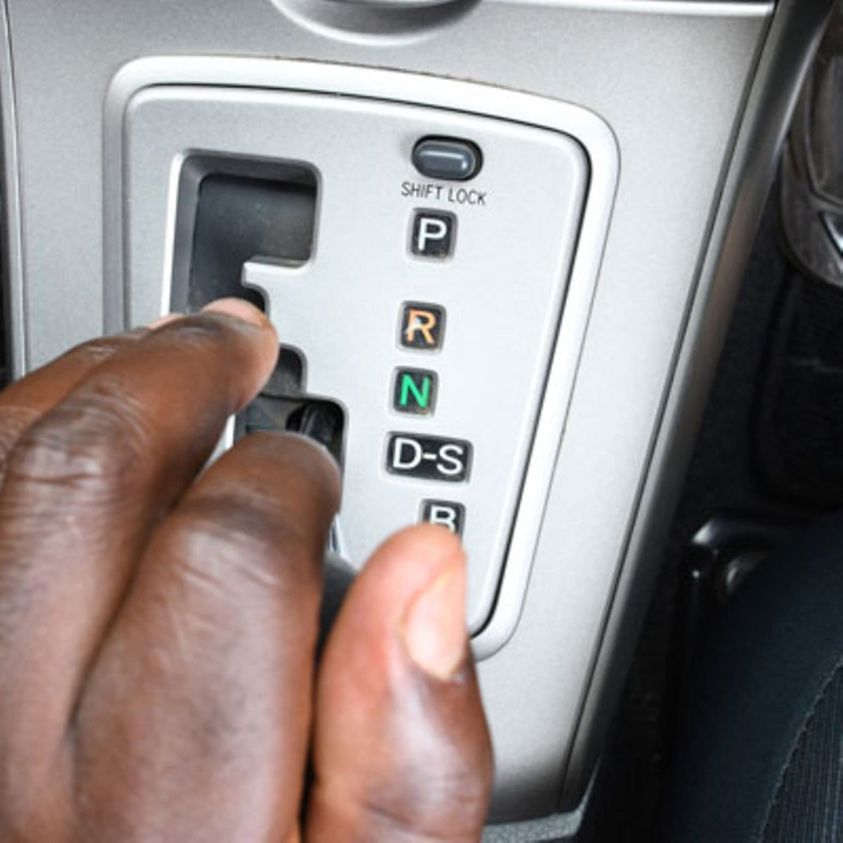Experiencing brake failure while driving an automatic car can be a terrifying situation, but staying calm and taking immediate action can save lives.
Understanding what to do in such a scenario is essential to minimize the risks and ensure your safety. This article presents ten important steps to follow if your brakes fail in an automatic car, empowering you to handle the situation effectively.
In the event of brake failure in an automatic car, remember these crucial actions:
- Stay calm and focus: Maintain composure and concentrate on the road ahead. Panic can cloud judgment and hinder your ability to make sound decisions.
- Downshift to a lower gear: Shift the gear lever to a lower gear, typically “L” or “2.” This can help slow down the vehicle by utilizing engine braking.
- Engage the emergency brake: Activate the emergency or parking brake gradually. Applying it too forcefully may cause the car to skid. Modulate the pressure to control the vehicle’s speed.
- Look for an escape route: Scan your surroundings for a safe place to steer the car. Aim for open areas, empty lanes, or soft roadside surfaces like grass or gravel to minimize the impact in case of collision.
- Utilize engine shutdown: If the emergency brake fails to slow down the vehicle adequately, consider shutting off the engine. However, be cautious as this will also disable power steering and power brakes, requiring more physical effort to control the car.
- Signal other drivers: Activate your hazard lights to alert other motorists of the potential danger. This can help prevent collisions and ensure that others are aware of the situation.
- Pump the brake pedal: Press the brake pedal repeatedly in rapid succession. While this may not restore full braking power, it can generate some residual friction and potentially slow down the vehicle.
- Use the horn: Sound the horn intermittently to grab the attention of surrounding drivers. This audible warning can help alert them to the emergency situation.
- Use friction to your advantage: Whenever possible, seek to create friction against a solid object like guardrails or roadside barriers. This can help slow down the vehicle further and aid in bringing it to a stop.
- Contact emergency services: If all else fails, dial emergency services such as 911 or the appropriate local authorities to report the situation and seek immediate assistance.
Knowing how to react when faced with brake failure in an automatic car is crucial for your safety and the safety of others on the road.
By staying calm, downshifting to a lower gear, engaging the emergency brake, looking for escape routes, and utilizing engine shutdown if necessary, you can effectively handle the situation.
Remember to signal other drivers, pump the brake pedal, use the horn, create friction, and contact emergency services if required.
Being prepared and taking these ten important steps can make a significant difference in mitigating risks and ensuring a safer outcome in the event of brake failure in an automatic car.














